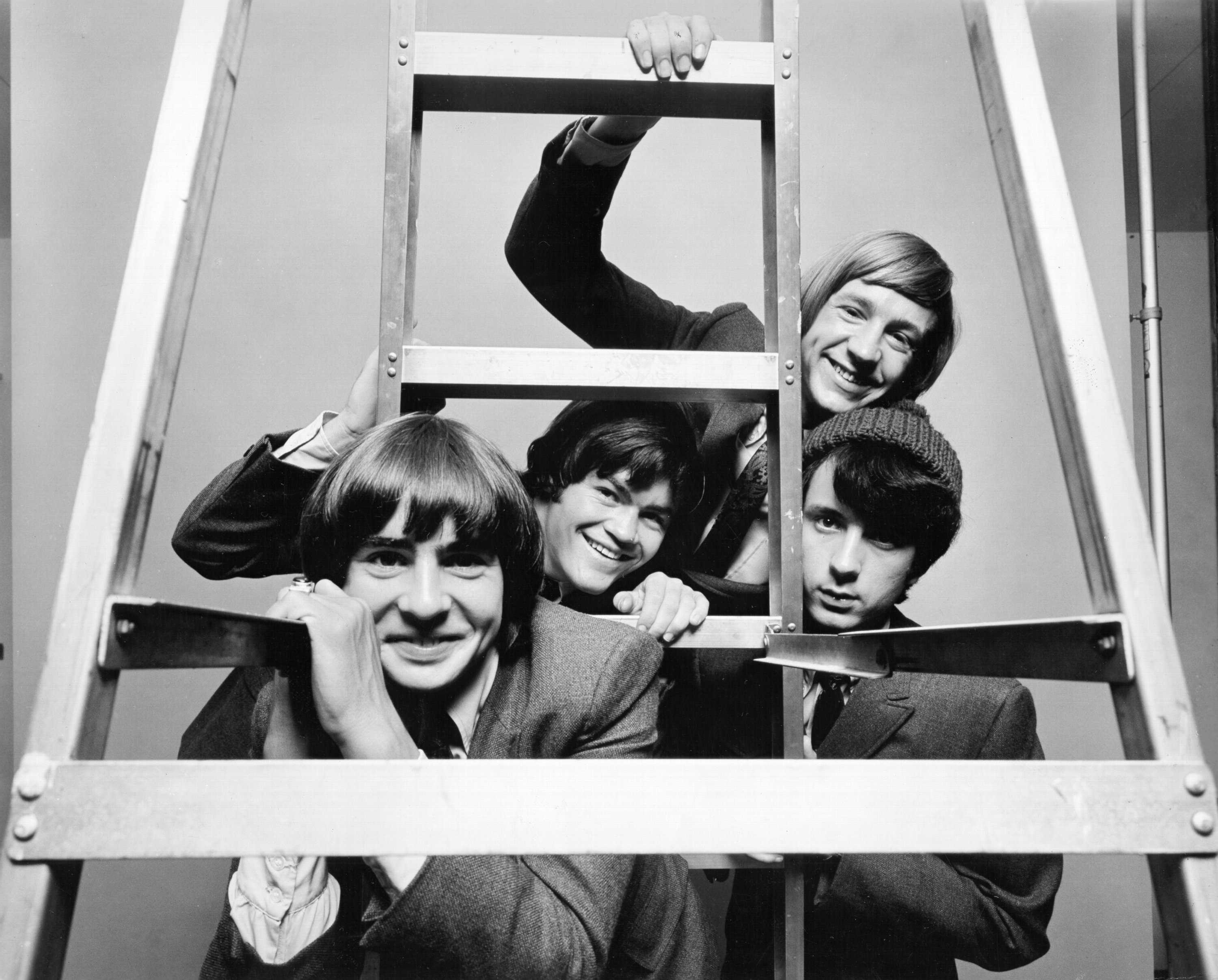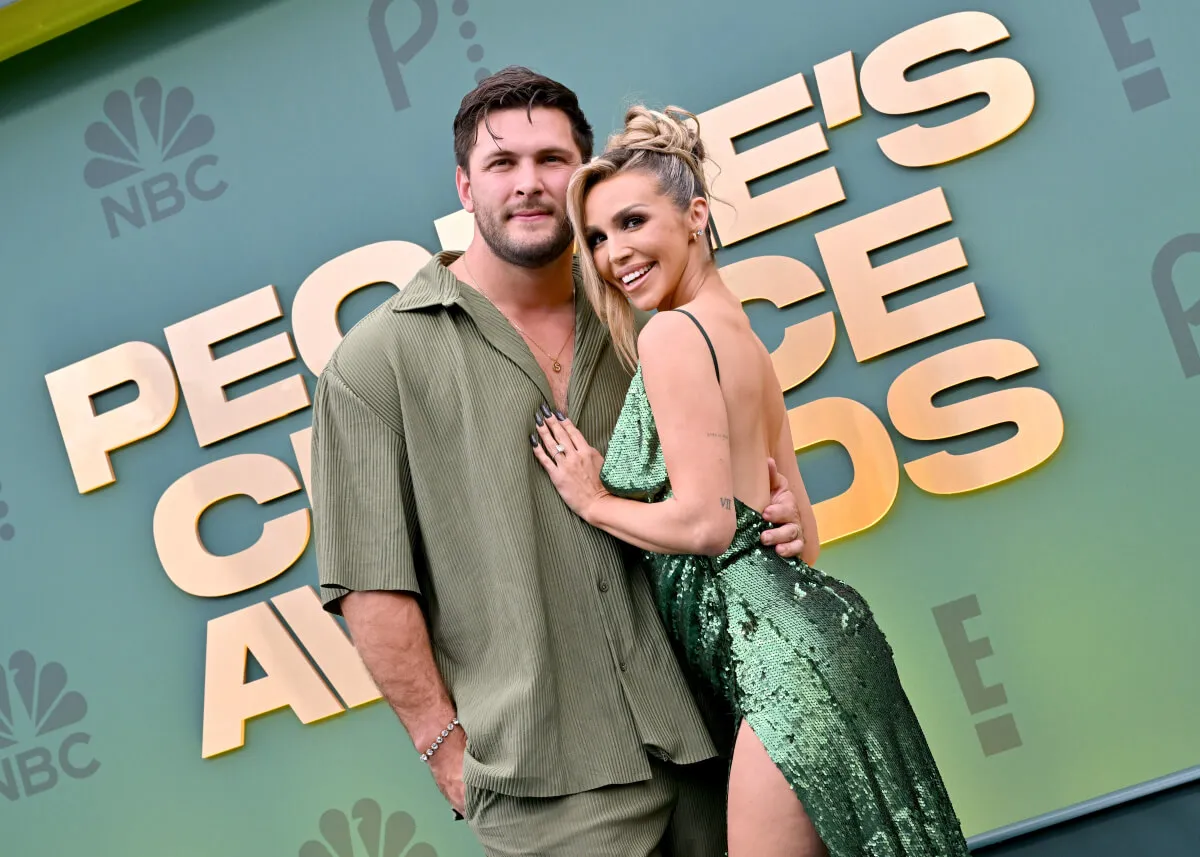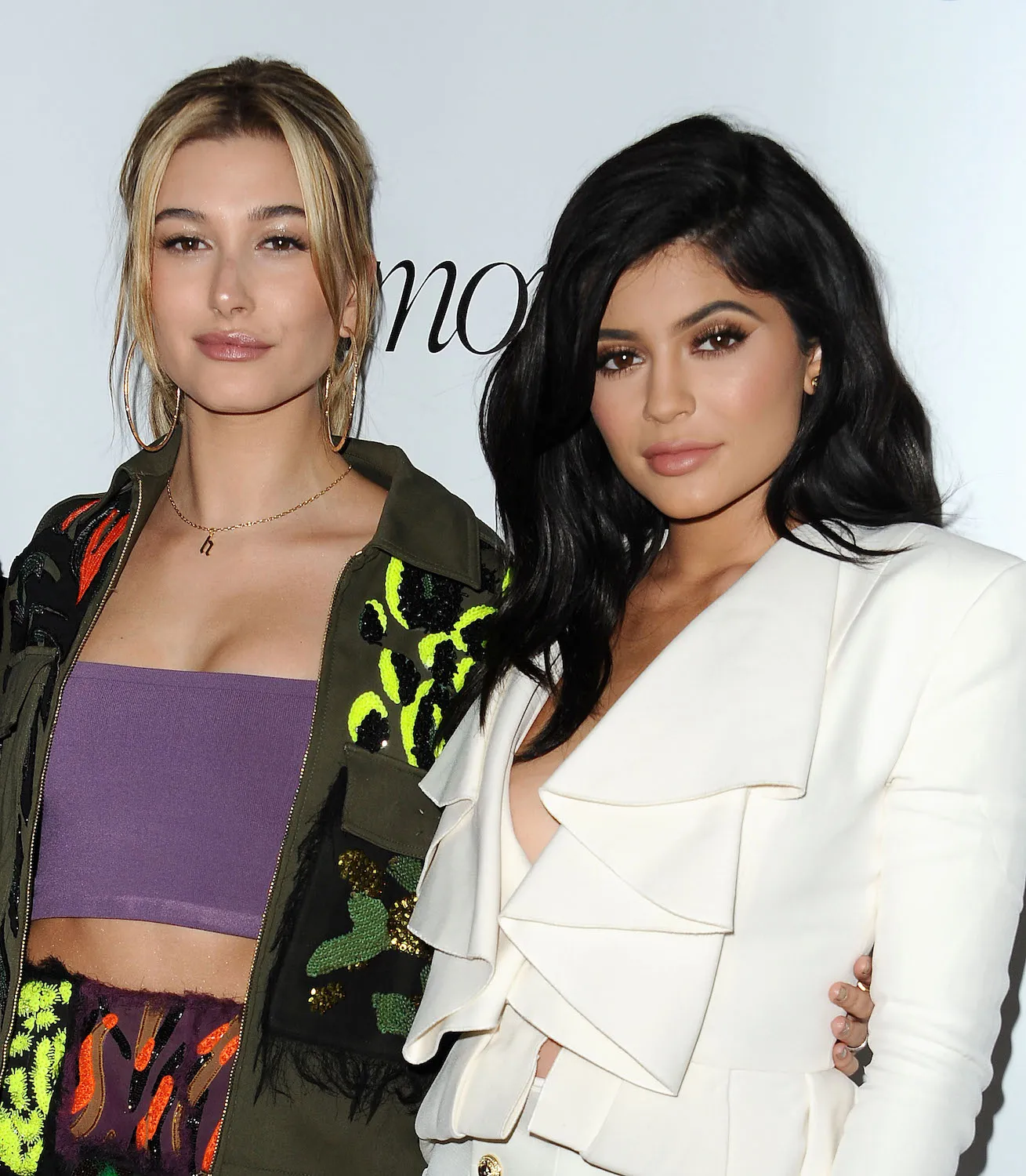The Monkees Were Forced to Change This Risqué Line from ‘Daydream Believer’
“Daydream Believer” by The Monkees is completely inoffensive; however, Peter Tork revealed one word from the original song was removed because it was considered obscene at the time. Interestingly, this word is considered completely innocuous today. Here’s a look at how the song evolved — and how the public reacted to it.

The Monkees had to change 1 word of another musician’s song
According to the Los Angeles Times, John Stewart of The Kingston Trio wrote “Daydream Believer.” Stewart was a musician and should not be confused with Jon Stewart of The Daily Show. Stewart explained how “Daydream Believer” became a Monkees song. “Well, I knew their producer,” he said. “That’s the way it works. I was at this party and he asks me, ‘Got any songs for The Monkees?'”
Tork revealed Stewart’s version of the song differed from the Prefab Four’s version in one way. “As we sing it, there’s a line ‘Now, you know how happy I can be,'” Tork told Entertainment Weekly. “John wrote ‘Now, you know how funky I can be.’ But the music department said, ‘The Monkees are not singing the word ‘funky.’ [Laughs] Funky meant oily, and greasy, and sexy — and they weren’t going to have us say it.”
For context, many famous songs from the 1960s had lyrics more provocative than the original version of “Daydream Believer.” For example, the chorus of The Rolling Stones’ “Gimme Shelter” says rape and murder are “just a shot away” while The Beatles’ “I Am the Walrus” mentions a “pornographic priestess.” Despite this, The Monkees had a very wholesome, child-friendly image at the time they released “Daydream Believer” while The Rolling Stones and The Beatles were catering to a more mature audience.
How audiences reacted to ‘Daydream Believer’
“Daydream Believer” reached No. 1 on the Billboard Hot 100, remaining on the chart for 16 weeks. It would be The Monkees’ final No. 1 hit in the U.S. Its parent album, The Birds, The Bees & The Monkees was a hit as well. It climbed to No. 3 on the Billboard 200, staying on the chart for 50 weeks. The song was a success in the United Kingdom as well. The Official Charts Company reports it reached No. 5 in the U.K., remaining on the chart for 17 weeks. On the other hand, The Birds, The Bees & The Monkees didn’t chart there.
How ‘Daydream Believer’ stayed in pop culture long after The Monkees’ show ended
“Daydream Believer” became popular again thanks to Anne Murray. Her cover of the track reached No. 12 on the Billboard Hot 100, remaining on the chart for 17 weeks. While Murray often sang country songs, her take on “Daydream Believer” is very much a pop song.
The song seemed to stay in the public’s imagination even after Murray covered it. For example, the Prefab Four’s biopic is called Daydream Believers: The Monkees’ Story, and “Daydream Believer” appeared in an episode of WandaVision. The Monkees’ “Daydream Believer” doesn’t have all of Stewart’s original lyrics, however, it remains one of the most famous bubblegum pop songs of the 1960s.
How to get help: In the U.S., call the RAINN National Sexual Assault Telephone Hotline at 1-800-656-4673 to connect with a trained staff member from a sexual assault service provider in your area.


